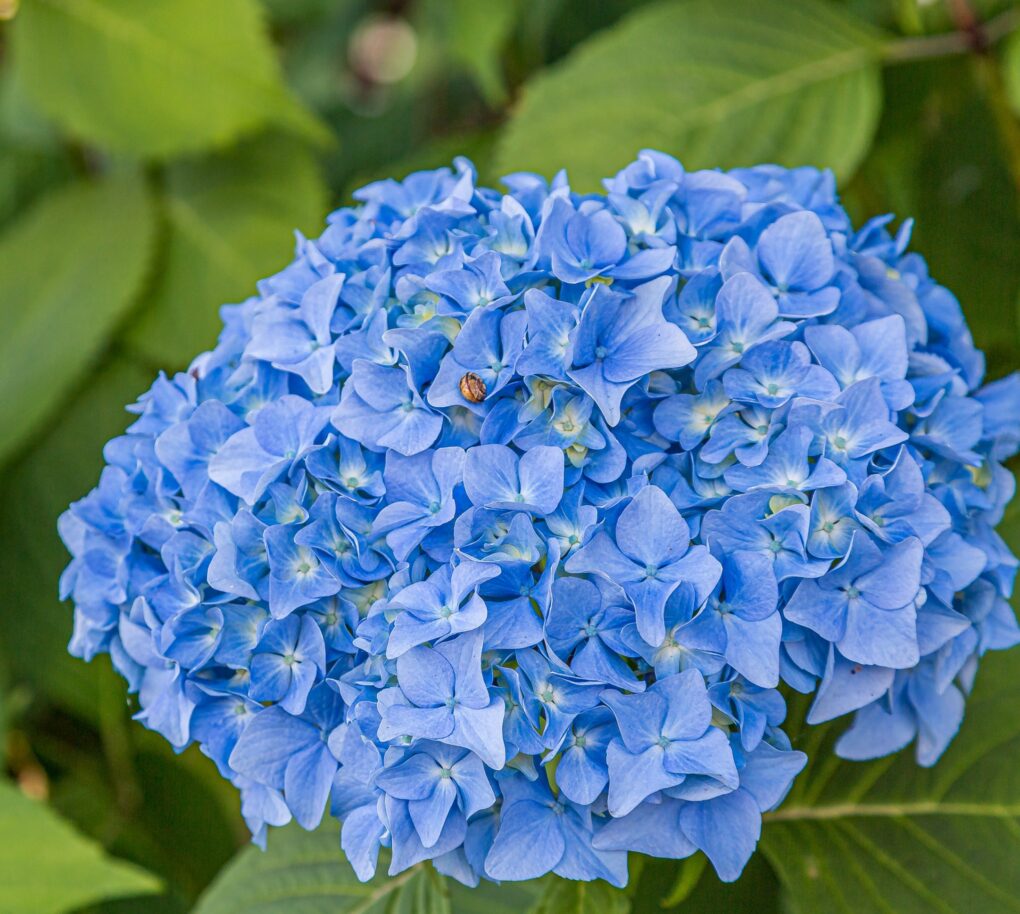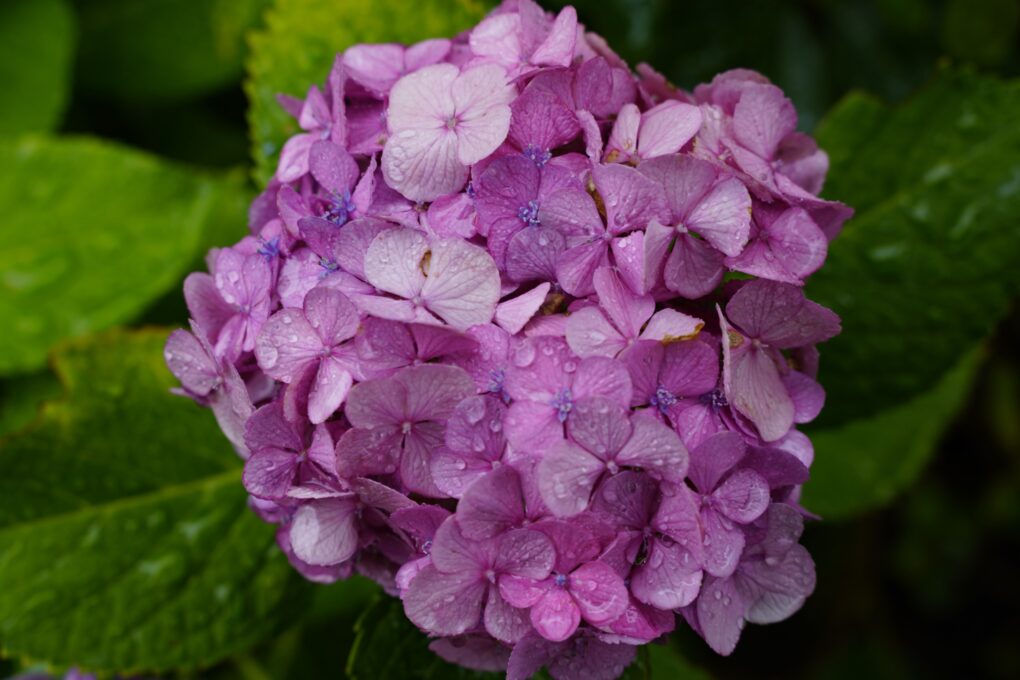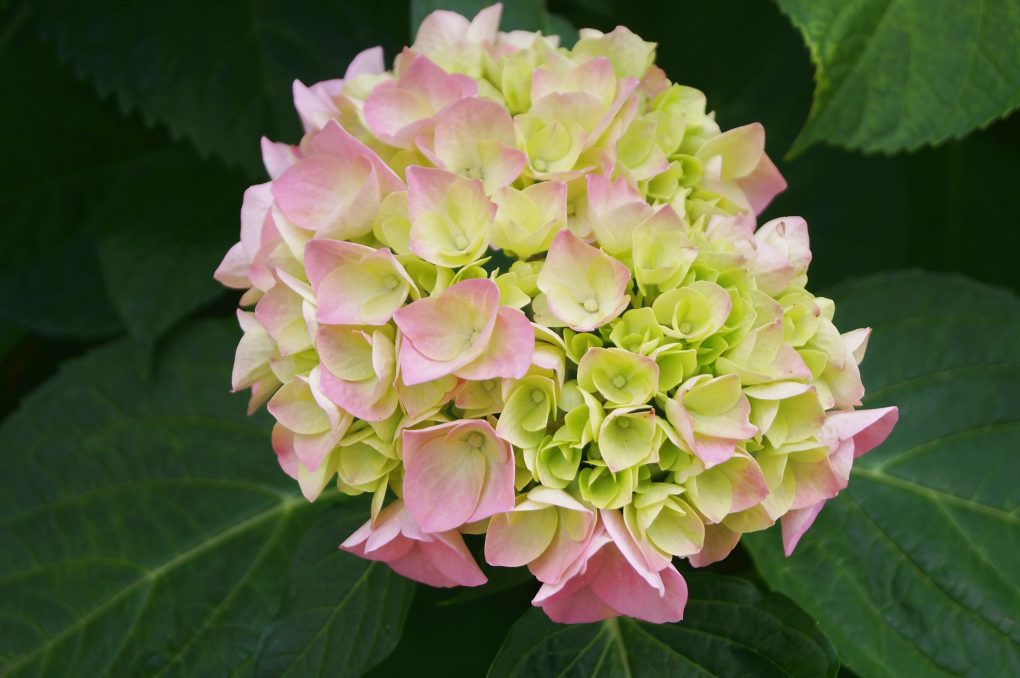Why Do Hydrangeas Change Color: Understanding the Science Behind It
Hydrangeas change color primarily due to the soil’s pH levels and the presence of aluminum ions. The pH level influences the availability of aluminum in the soil, which plays a key role in determining the flower color. In acidic soils (pH below 6), aluminum is more readily available, causing the flowers to turn blue. In alkaline soils (pH above 7), aluminum is less accessible, so the flowers tend to be pink.

Additionally, the intensity of the color is affected by the concentration of aluminum ions, plant nutrients, and the plant’s overall health. While white hydrangeas do not change color regardless of soil conditions, proper care and maintenance can enhance the vibrancy of pink and blue blooms.
Table of Contents
Different Hydrangea Varieties and Their Color Changes

Bigleaf Hydrangeas
Bigleaf hydrangeas, also known as mophead or lace-cap hydrangeas, are the most common hydrangea. They are known for their large, showy blooms in shades of pink, blue, and purple. The color of the blooms can change depending on the soil’s pH level. In acidic soil, the blooms will be blue, while in alkaline soil, they will be pink. If the soil is neutral, the blooms will mix pink and blue.
Some popular varieties of bigleaf hydrangeas include:
- Nikko Blue: produces large, deep blue blooms
- Endless Summer: blooms on old and new growth, producing pink or blue flowers
- Twist-n-Shout: produces pink or blue blooms on strong stems
Panicle Hydrangeas
Panicle hydrangeas are a type of hydrangea known for their cone-shaped blooms. They are typically white or cream-colored, but can turn pink or red as they age. Unlike bigleaf hydrangeas, panicle hydrangeas are not affected by soil pH.
Some popular varieties of panicle hydrangeas include:
- Limelight: produces large, lime-green blooms that turn pink in the fall
- Pinky Winky: produces large, pink and white blooms
- Little Lamb: produces small, white blooms on compact plants
Smooth Hydrangeas
Smooth hydrangeas are a type of hydrangea that are known for their large, round blooms. They are typically white, but can turn pink as they age. Like panicle hydrangeas, smooth hydrangeas are not affected by soil pH.
Some popular varieties of smooth hydrangeas include:
- Annabelle: produces large, white blooms on sturdy stems
- Incrediball: produces large, white blooms that can reach up to 12 inches in diameter
- White Dome: produces large, white blooms on compact plants
Oakleaf Hydrangeas
Oakleaf hydrangeas are a type of hydrangea that are known for their large, oak leaf-shaped leaves and cone-shaped blooms. They are typically white, but can turn pink or red as they age. Like panicle and smooth hydrangeas, oakleaf hydrangeas are unaffected by soil pH.
Some popular varieties of oakleaf hydrangeas include:
- Snow Queen: produces large, white blooms that turn pink as they age
- Alice: produces large, white blooms on compact plants
- Pee Wee: produces small, white blooms on compact plants
Tips for Changing Hydrangea Color

How to Change Hydrangea Color with Soil Amendments
One way to change the color of your hydrangeas is to alter the pH of the soil they are planted in. For blue hydrangeas, you want to lower the pH of the soil to make it more acidic. To do this, add soil amendments like sulfur or aluminum sulfate to the soil around the plant. For pink hydrangeas, you want to raise the pH of the soil to make it more alkaline. To do this, add lime or wood ash to the soil around the plant.
It’s important to note that changing the pH of the soil can take time and may need to be done gradually for months or even years. It’s also important to test the pH of the soil regularly to ensure that it stays within the desired range.
How to Change Hydrangea Color with Fertilizer
Fertilizers can also be used to change the color of hydrangeas. For blue hydrangeas, use a fertilizer that is high in phosphorus and low in nitrogen. This will help to promote the growth of blue flowers. For pink hydrangeas, use a fertilizer high in nitrogen and low in phosphorus. This will help to promote the growth of pink flowers.
It’s important to follow the fertilizer packaging instructions carefully and not over-fertilize the plant, as this can lead to damage or even death.
How to Change Hydrangea Color with Watering Techniques
The way you water your hydrangeas can also affect their color. Water them with rainwater or distilled water for blue hydrangeas, as these are naturally acidic. Water them with tap water for pink hydrangeas, which is often more alkaline than rainwater or distilled water.
It’s also important to water your hydrangeas consistently and deeply, rather than giving them shallow, frequent waterings. This will help to promote healthy growth and vibrant flowers.
